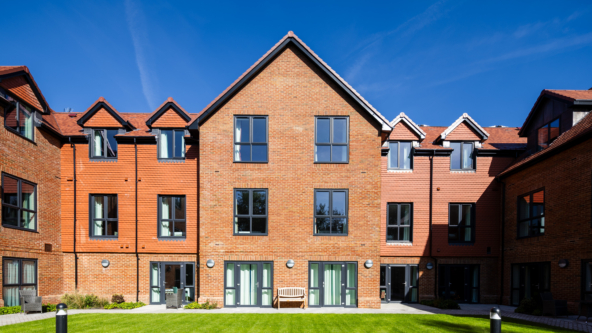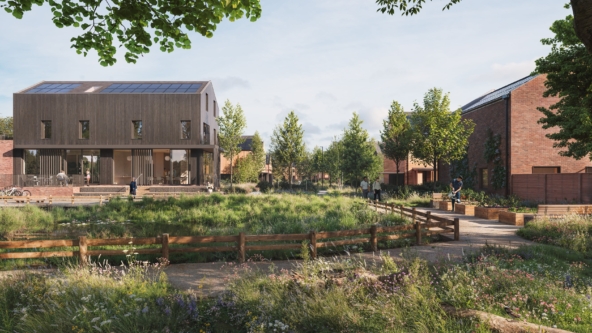As the housing crisis deepens and demographic shifts accelerate, the living sectors are undergoing a profound transformation.
At The Future of Living event, industry leaders gathered to explore how capital, policy, and innovation can converge to reshape the way we live. From student accommodation to senior living, the event offered a compelling vision of the future and a clear call to action for investors and lenders.
Macro forces are redefining the investment landscape
Despite a volatile global economic backdrop, the living sectors continue to demonstrate resilience.
Several key macroeconomic trends are shaping this dynamic, including steepening yield curves that hint at long-term growth or fiscal stimulus, elevated costs of capital that enhance the appeal of secure income streams, and powerful demographic tailwinds, such as ageing populations and urbanisation that are driving sustained demand across all living sectors.
“Uncertainty is being priced into everything —from credit spreads to real estate risk premiums. But for living sectors, which have historically been more resilient in late-cycle conditions, the environment is actually reinforcing their relative strength.”
Matthew Bowen, Global Head of Living Sectors Research at Knight Frank
Living sectors are no longer niche
Over the past five years, more than $1.7 trillion has been invested globally in living assets, a significant increase from $1.1 trillion in the preceding period.
This surge reflects a growing recognition of the sector’s appeal, driven by its stable, inflation-linked income, strong demographic fundamentals, and resilience to economic shocks.
Investors are increasingly embracing multi-sector strategies, combining student housing, build-to-rent (BTR), and senior living into diversified portfolios. Cross-border capital flows are also accelerating, with Asian investors targeting European student housing and North American capital moving into UK BTR.
“Living is no longer niche. It’s core, and it’s becoming more global.”
Matthew Bowen, Global Head of Living Sectors Research at Knight Frank
Supply constraints and policy gaps create both risk and opportunity
The living sector is underpinned by strong fundamentals, but it also faces some challenges.
Planning delays and regulatory uncertainty continue to slow development, while affordability pressures are intensifying, particularly in high-demand urban areas. Access to capital remains uneven, even for properties in prime locations, due to limited supply, investor competition, and the need for better planning and stronger alignment between public policy and private capital.
These challenges, however, also open the door to opportunity. Investors and lenders who can navigate the evolving policy landscape and align with public priorities, such as reducing social care costs or improving energy efficiency, stand to gain a competitive edge.
Throughout the panel discussions, speakers highlighted the importance of greater alignment between public policy and private capital, advocating for more flexible funding models, long-term rent settlements, and improved planning frameworks to support the sector’s sustainable growth.
The future is people-driven, not just product-driven
A recurring theme throughout the event was the growing shift from asset-focused to occupier-focused investment.
Today, residents are seeking more than just a place to live. Students are prioritising mental health and a sense of community, while older generations are looking to maintain independence and maximise lifestyle.
Also highlighted was the growing importance of intergenerational living, urban integration, and data-driven design to meet evolving expectations.
“Later life doesn’t mean retreat, it means reconnection. The future of senior housing is going to be more urban, more flexible, and more lifestyle-focused.”
Kevin Beirne, Head of Retirement Living at Octopus Capital
This evolution is shaping the future of living, where experience and wellbeing are central.
Emerging trends further reflect this shift: zero-bills homes are leveraging solar power, battery storage, and smart technology to eliminate energy costs; flexible tenure models in senior living, including rental and shared ownership, are gaining traction; and operational excellence is becoming a key differentiator in both the student and build-to-rent (BTR) markets.
A sector at an inflection point
The living sectors are evolving rapidly, from mono-asset to multi-strategy, from domestic to global, and from viewing social value as a byproduct to making it a core part of the investment thesis.
But success will require more than capital. It will demand collaboration, innovation, and a deep understanding of the people and places these assets serve.
For investors and lenders, the message is clear: the fundamentals are strong, the demand is real, and the opportunity is now.



